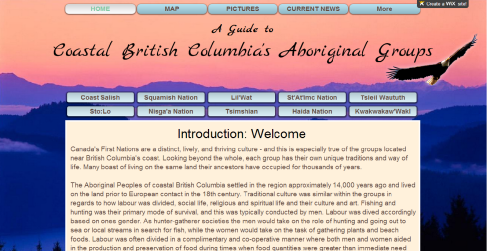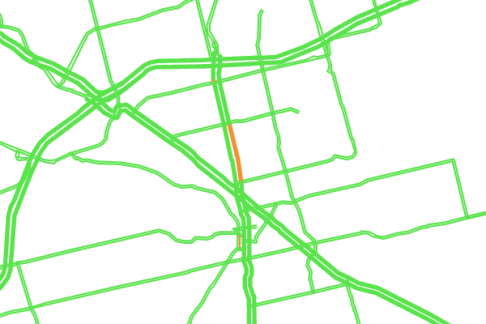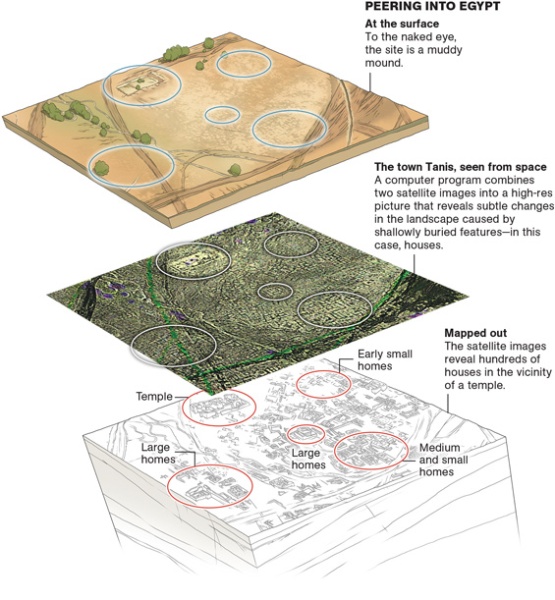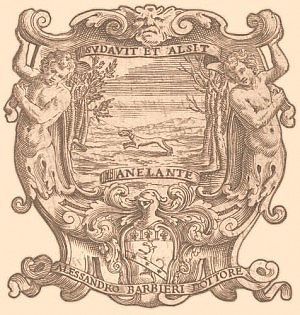As the week has progressed, Bintou and I have come quite far in organizing our project. We have made some important decisions on how we are going to complete the task we have set out for ourselves.
We want to explore the First Nations of British Columbia and their migration patterns within regions. We hope to uncover the trends of movement between rural and urban populations over time and determine possible reasons for the trends. Another area that will be interesting to explore is movement on and off of reserves. Some possible motivators for migration may include opportunities for employment or education, among many others.
Our plan is to create an interactive map tracking this movement during a certain time period by geographical region. Ideally we would show the migration trends through the years, accompanied by a text component explaining the possible motivators and reasons for the migration. If we are able to divide the data by age and gender that would help to make the map easier to understand and the data easier to interpret.
We have found that it is possible to obtain BC census data for the years 1996, 2001, and 2006 in a format already input into Microsoft Excel. The files are uploaded by category, some of which include education, labour supply, unemployment, and factors influencing well-bring – all of which are possible motivators for migration. After realizing that this data is easily obtainable, we were left to the task of deciding how to adequately display this information in a way that allows us and others to analyze the associated trends.
There are a multitude of programs available, both web-based and downloadable to your computer, that allow the creation of interactive maps that are excellent for educational purposes. The hard part is choosing one that does all that we need it to, and that is easy enough to understand and use for beginners on the subject like us! The type of map that keeps jumping out at us is a choropleth map. This is typically used to show population density by region, but can also be used to show levels of employment, school enrollment or other quality of life indicators. It uses a coloured scale to demonstrate density and is therefore easily comparable between regions. Different maps can be compared to show changes over time, so we could have a map for each year of census data – 1996, 2001, and 2006 – for a total of 3 maps. We would need to make one for each indicator we want to display… Meaning one for population density, one for unemployment, etc.
Although this is not the way we originally wanted to format the project, we believe this will be the best way to display the data we are wanting to include. We had hoped to do an interactive map that actually displayed the migratory trends from place to place, but realized that obtaining data would be next to impossible. We would need to get the start and end points for everyone who moved during the time period, compile all of the data, and figure out how on earth to display it all. By doing it by population density per region, and making a series of maps to compare over time, we are not able to explore movement of specific people but rather overall trends in the general First Nations population of British Columbia. We believe that for our purposes this is a sufficient task to pursue.
One problem we have run into, however, is that some of the census data goes by percentage of the population living either on or off reserve, or percentage unemployed by region, rather than an actual number of people. I am not sure how the programs will handle this format of information, or if we will have to do further research into the total population of each region to be able to translate that to a hard count. This is only a minor setback as it is possible to manipulate the present data to resolve the issue, it will just require a bit more brain power.
We are still trying to decide between a couple of programs to create our map with. Ideally we would be able to either save the map to our computer and then upload it to our website, or embed a map from a web-based program directly onto our website. We hopefully be using our UoG webspace for this project so that we can display both the map and our textual research component!
If anyone has suggestions for mapping programs or website design we are opened to suggestions (and frankly I think we need some)!





